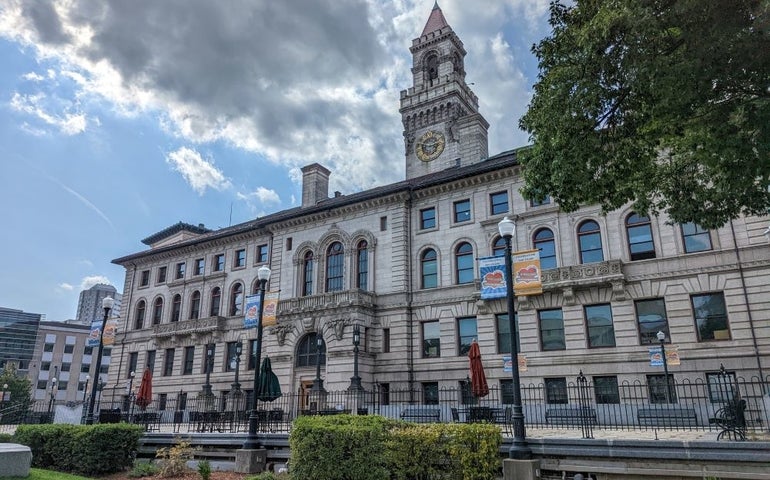The Worcester Division of Public Health has identified six priority areas to focus on to improve regional health and increase health equity across Greater Worcester: Built environment, affordable and safe housing, access to quality and reliable broadband, navigating public benefits, healthcare workforce, and culturally representative healthcare are the top areas to focus efforts, according to the 2024 Greater Worcester Community Health Assessment.
The identified priority areas are aspects of community health that, if improved, are expected to have the largest impact across the region. The findings of the report will be used to guide community health work over the next three years. They will be used to update strategies of the 2021-2026 Greater Worcester Community Health Improvement Plan and serve as the basis for Worcester healthcare provider UMass Memorial Health’s Determination of Needs funding opportunities for nonprofits. Worcester insurer Fallon Health will use the report to inform its community benefits funding program.
Informing the six priority areas are the changing demographics in the Greater Worcester area, in the report considered to be Worcester, Grafton, Shrewsbury, and West Boylston. In the past three years, CMRPHA noted a decline in white, non-Hispanic residents of the region and an increase in the Black, Indigenous, People of Color (BIPOC) population, particularly those identifying as two or more races.
The report identified health disparities related to economic disparities, particularly in Worcester, where 19.3% of the population is living below the poverty line. Healthcare outcomes are worse for individuals from non-white ethnic groups, according to the report.
“The CHA is a living document that highlights our critical public health challenges, focusing on upstream systemic inequities and drivers to negative health outcomes,” Soloe Dennis, director of WDPH and the Central Massachusetts Regional Public Health Alliance, said in a press release accompanying the report.
The publicly accessible data in the report can be used by members of the community for use in grant proposals and policy development.
The report identified the top seven factors indicating a healthy community. They are access to good health care, safe neighborhoods, access to healthy food, good schools and education, public parks and green space, stabilized housing, and livable wages/workforce development opportunities.

